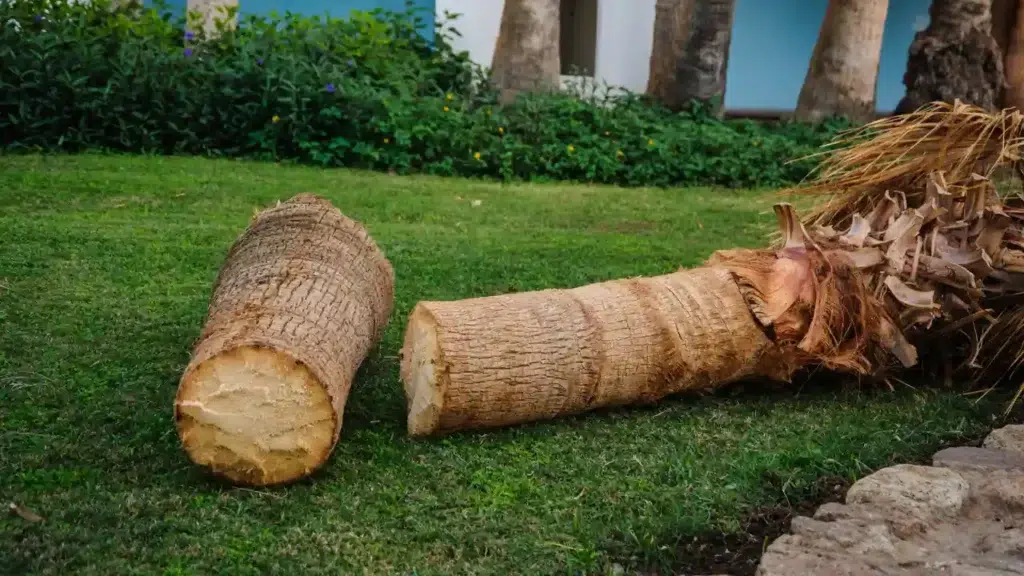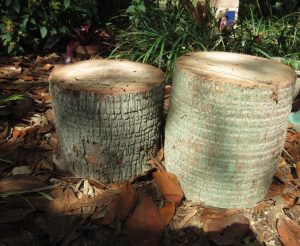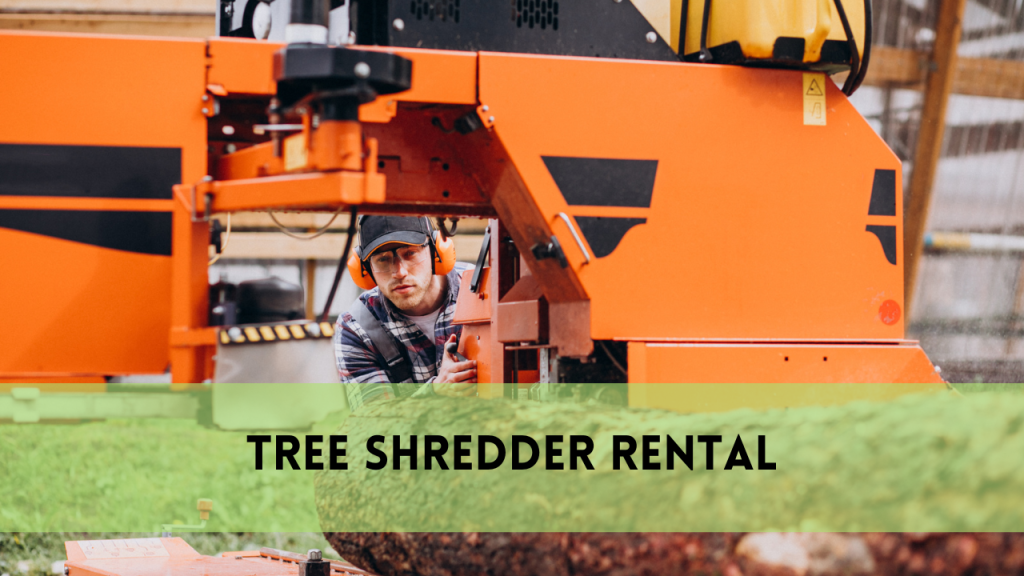Remove Palm Tree Roots
Palm trees, with their graceful fronds and distinctive silhouettes, are iconic symbols of tropical paradise and relaxation. These botanical wonders are not just beloved for their aesthetic appeal but also for their remarkable adaptability and ecological importance. In this introduction to palm trees. Palm tree roots can sometimes pose issues for landscaping or construction projects. Removing them requires careful planning and execution. Here’s a step-by-step guide on how to remove palm tree roots effectively:
Assess the situation
Evaluate the situation by determining the size, depth, and distribution of the palm tree roots. This evaluation will assist you in efficiently planning the removal process. Before you begin, you must have a clear grasp of the breadth of the root system.
Prepare the Area
Clear the area around the palm tree of any impediments such as rocks or debris that may impede the removal procedure. This gives enough working space while also lowering the chance of accidents.
Dig Around the Roots
To begin, use a shovel to dig the roots. Make a trench around the root system, exposing as much as possible of it. During this process, take care not to damage any nearby structures or plants.
Prune the Roots
Trim the roots as near to the palm tree’s trunk as feasible with pruning shears or a reciprocating saw. Take care not to injure the main trunk during the process. This procedure thins out the roots to make removal easier.
Excavate the soil
Using a pickaxe or mattock, gently excavate the earth surrounding the roots. Work your way beneath the roots to fully expose them. If you come across large or obstinate roots, use a root saw to chop them down even further.
Removal
Carefully lift and remove the roots from the earth once they have been exposed and loosened. This stage may require assistance or heavy machinery depending on the size and weight of the roots. Make certain that the removal is thorough.
Backfill
Use fresh dirt to fill the void created by the removed roots. To prevent settling, gently compact the dirt as you go. After backfilling, make sure the area is level and even.
Regularly inspect the area for any remaining root fragments or regrowth. Palm trees can be resilient, so apply an appropriate herbicide if necessary to prevent regrowth.
Proper Disposal:
Dispose of the removed palm tree roots responsibly, following local waste disposal regulations. Consider recycling or composting if feasible.
Hand digging palm tree roots can be physically demanding, particularly for larger trees or complex root systems. If you encounter significant challenges or if you’re unsure about your ability to handle the removal manually, consider seeking professional assistance to ensure the task is completed safely and effectively.
Advantages of removing palm tree roots:
- Palm tree roots can grow and spread, potentially causing damage to nearby structures such as sidewalks, driveways, foundations, and underground utility lines.
- Removing palm tree roots allows for better control over landscaping design and layout. It provides the flexibility to plant new vegetation, install hardscapes, or create a more visually appealing landscape without root-related constraints.
- Exposed palm tree roots can create tripping hazards in yards or public areas. By removing these roots, you can make outdoor spaces safer for pedestrians and prevent accidents.
- Removing the roots can improve the health and growth of nearby vegetation, leading to a more vibrant and diverse landscape.
- In construction projects, the removal of palm tree roots may be necessary to clear space for building foundations, utility installations, or landscaping changes.
Best time to remove palm tree roots
Dormant season
For many palm tree roots dormant season, typically in winter is the best time to remove palm tree roots. During this season the trees are not actively grown which make root removal less stressful
If you have removed a palm tree and now you want to remove its roots you can remove them any time of the year. how ever ensure that palm is completely dead and no longer provide nutrients to roots
Avoid extreme heat
Avoid tree removal at peak time of summer when temperatures are too high.
High heat affect the palm and make it more vulnerable to change
Related Posts:
Why should I consider removing palm tree roots?
Removing palm tree roots is often necessary to prevent damage to structures, create a safer environment, improve landscaping, and eliminate tripping hazards. It can also enhance the health of nearby plants and mitigate invasive growth.
What tools and equipment are needed for palm tree root removal?
Tools for palm tree root removal may include shovels, pickaxes, pruning shears, root saws, gloves, safety glasses, and ear protection (if using power tools). Heavy machinery may be required for large root systems.
Can palm tree roots regrow after removal?
Palm tree roots can regrow under certain conditions. To prevent regrowth, it’s advisable to apply an appropriate herbicide to the cut ends of the roots and monitor the area regularly for any signs of regrowth.
Can I reuse or recycle the removed palm tree roots?
Depending on local regulations and your preferences, you may be able to recycle or compost the removed palm tree roots. Alternatively, they can be disposed of following waste disposal guidelines.
Conclusion
Removing palm tree roots is a task that requires careful preparation and consideration. Whether it’s invasive roots, landscape restorations, or safety issues, the procedure necessitates a methodical approach. Throughout this tutorial, we’ve covered a variety of methods, tools, and aspects to consider while removing palm tree roots. Remember that the optimal strategy will depend on the unique circumstances, such as the size, health, and placement of the tree. Before attempting palm tree root removal, it is critical to thoroughly examine the issue and, when in doubt, obtain professional help. Professional arborists and landscaping professionals may provide significant insights, ensuring that the process is carried out properly, ethically, and with least environmental damage.





